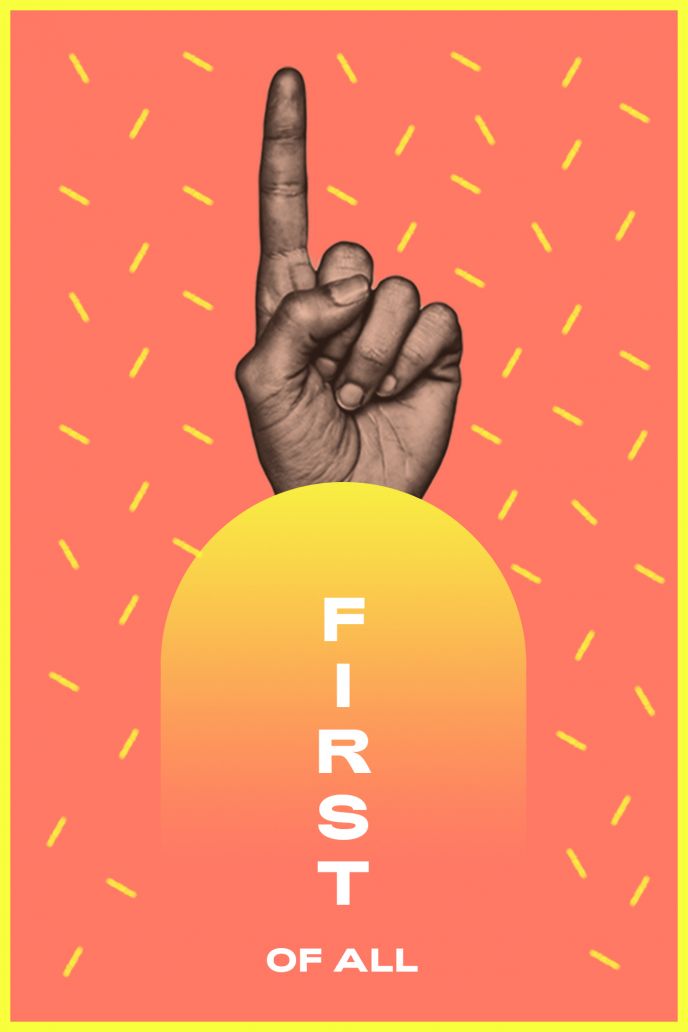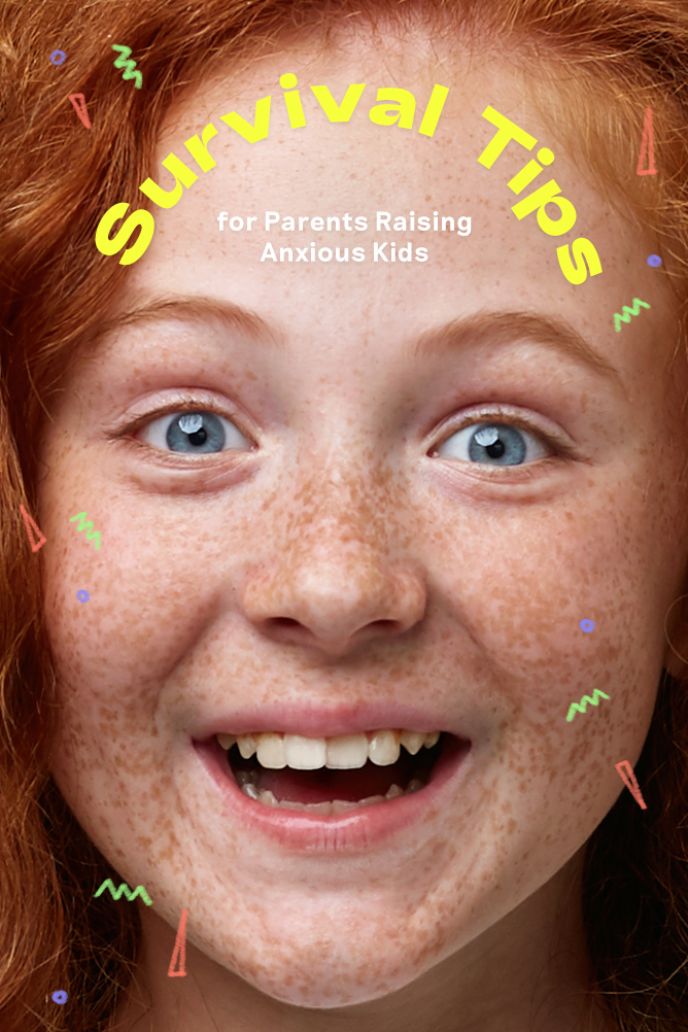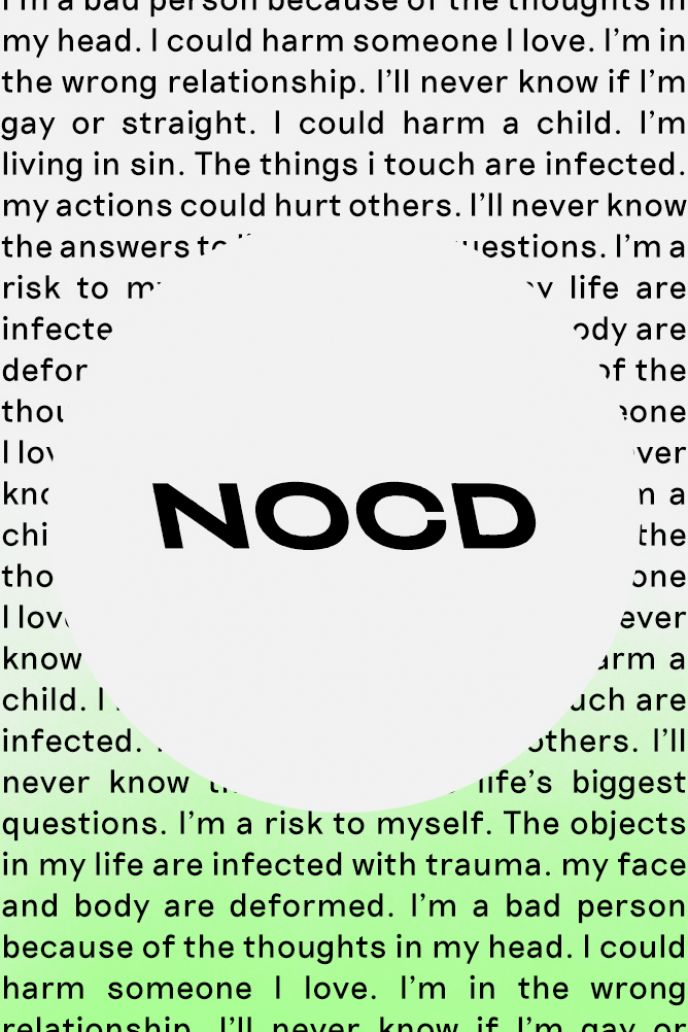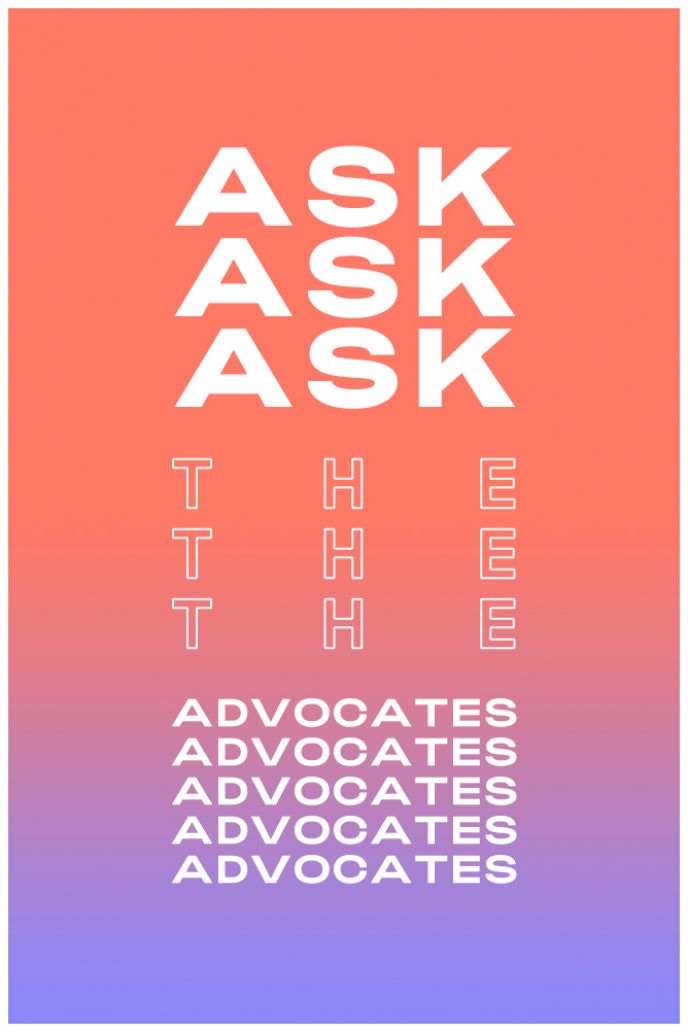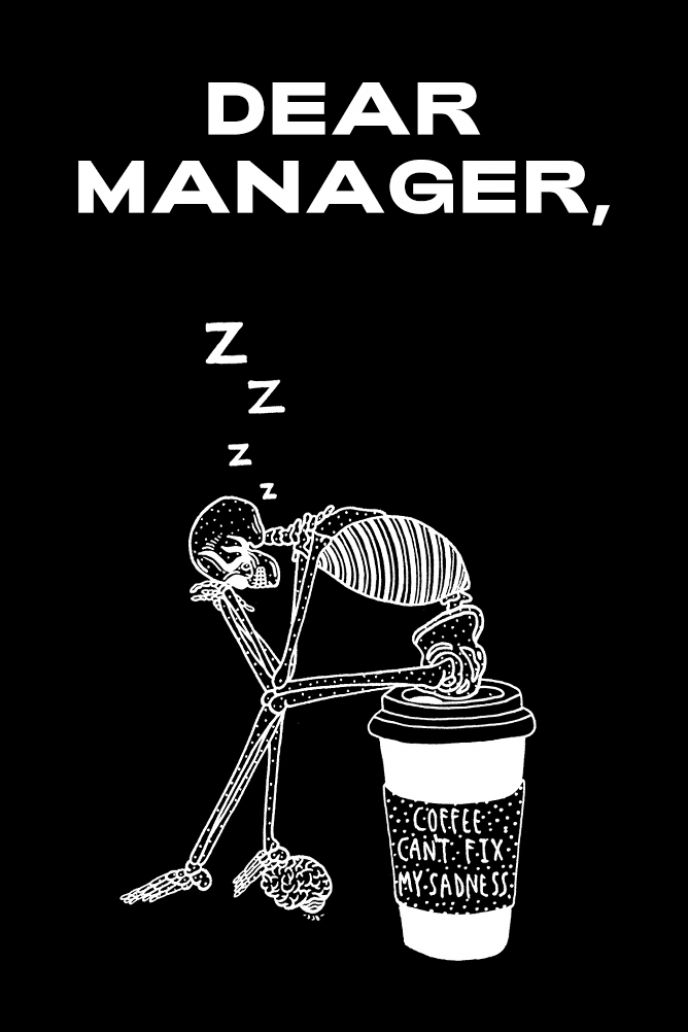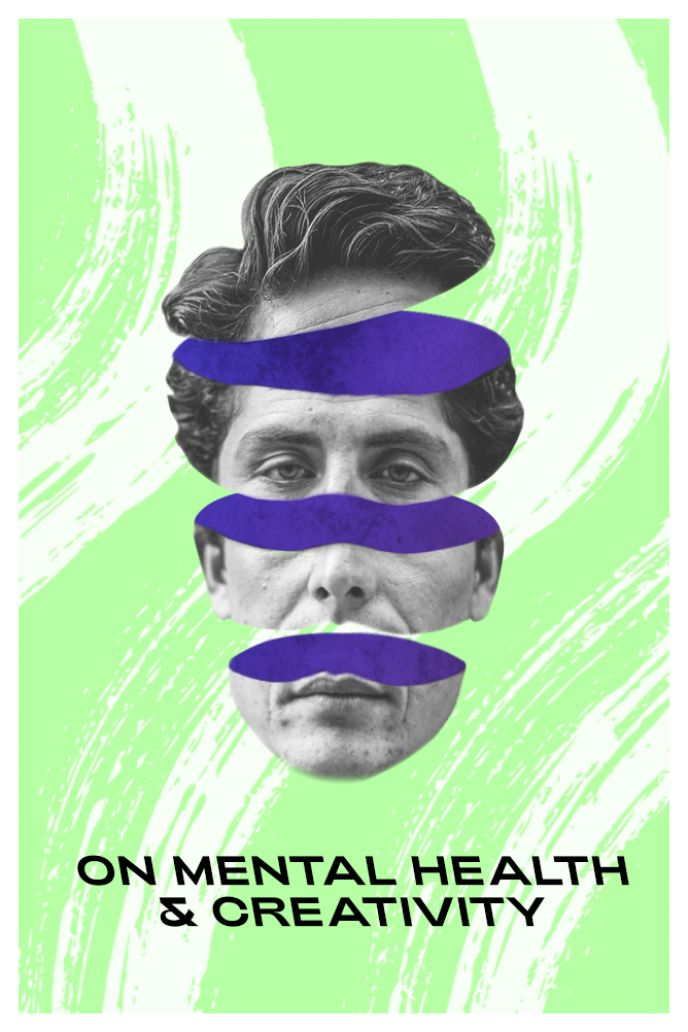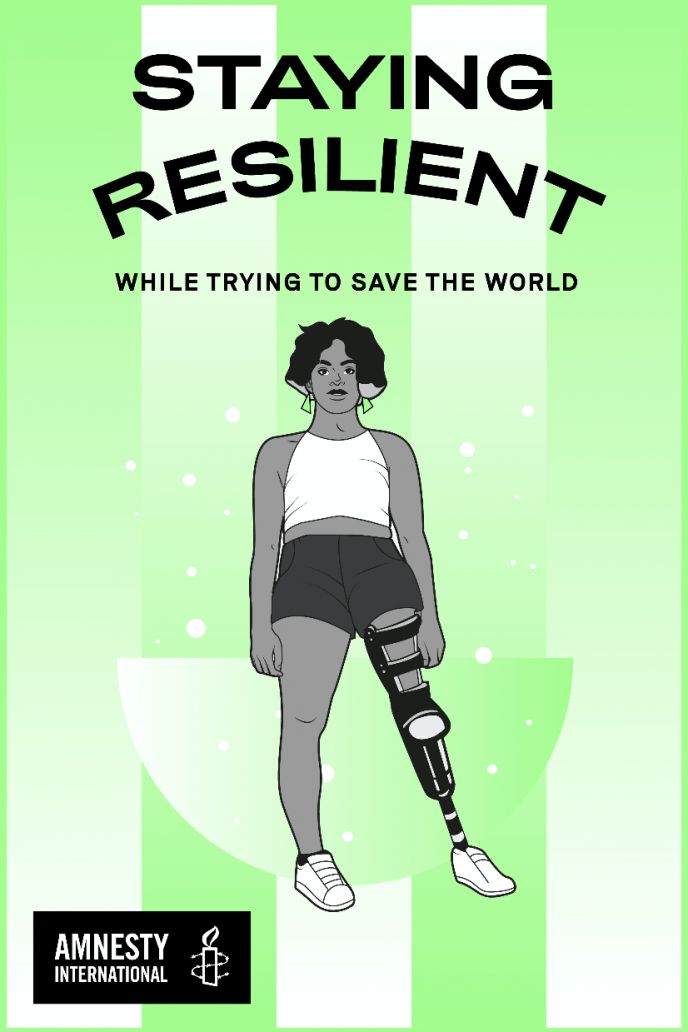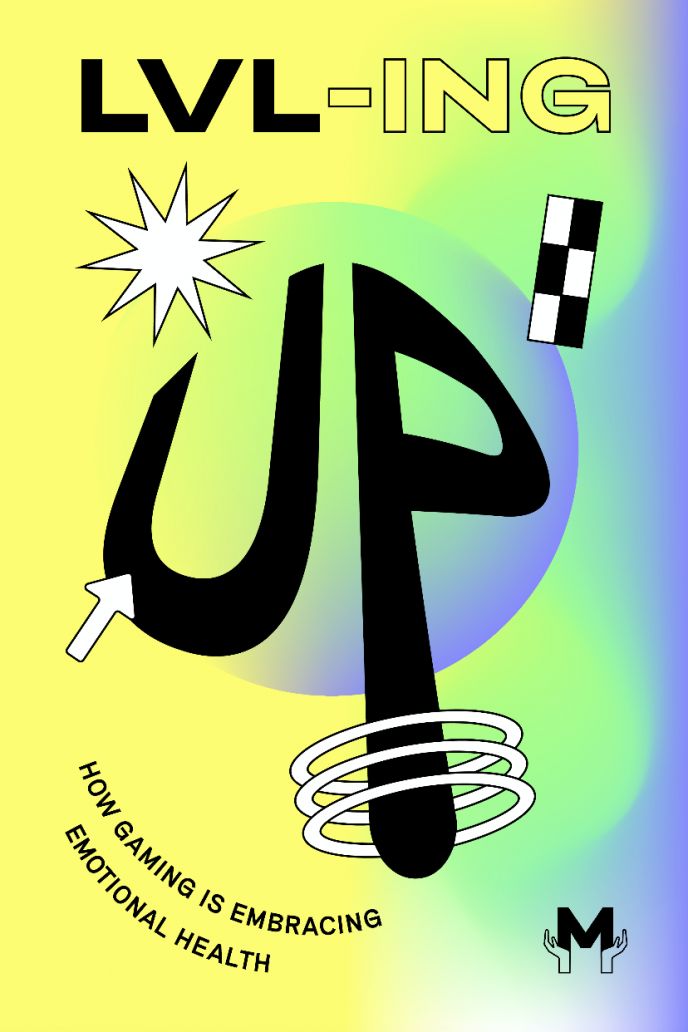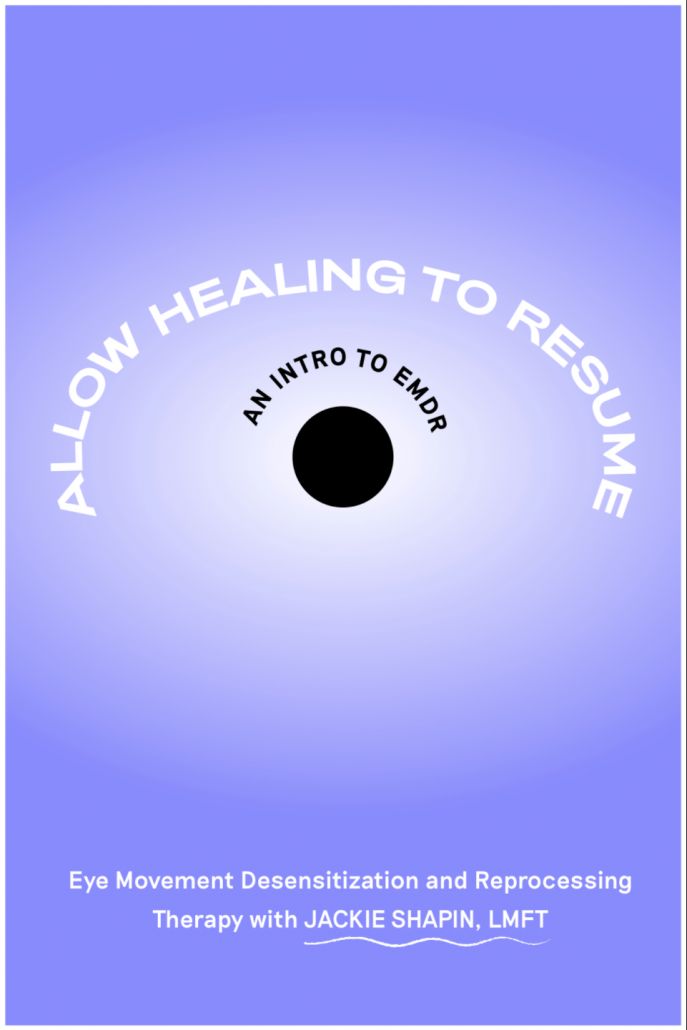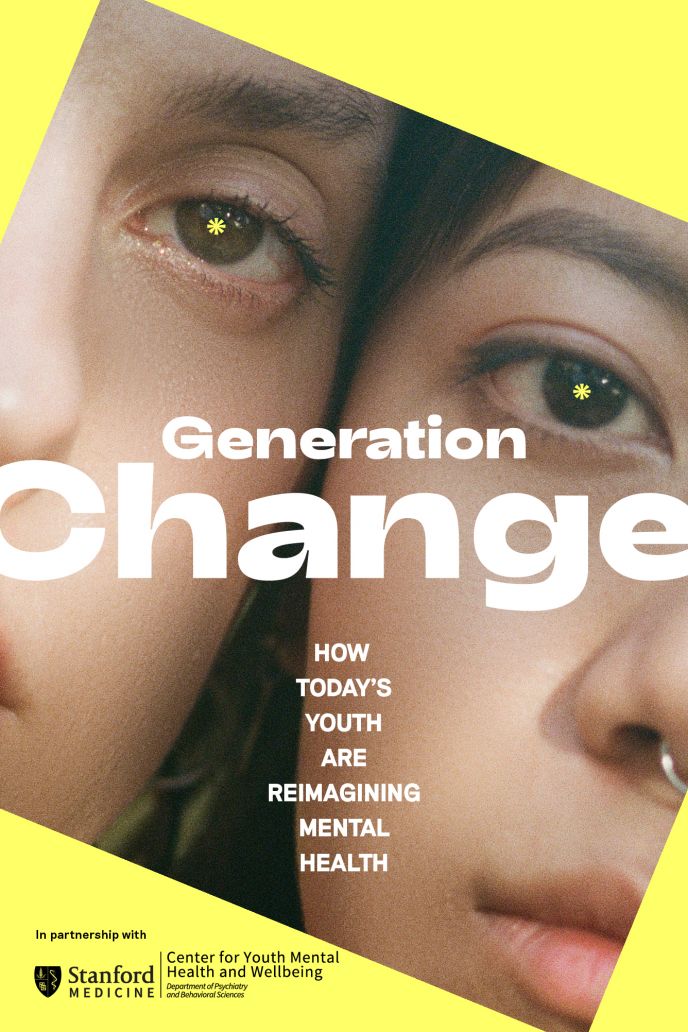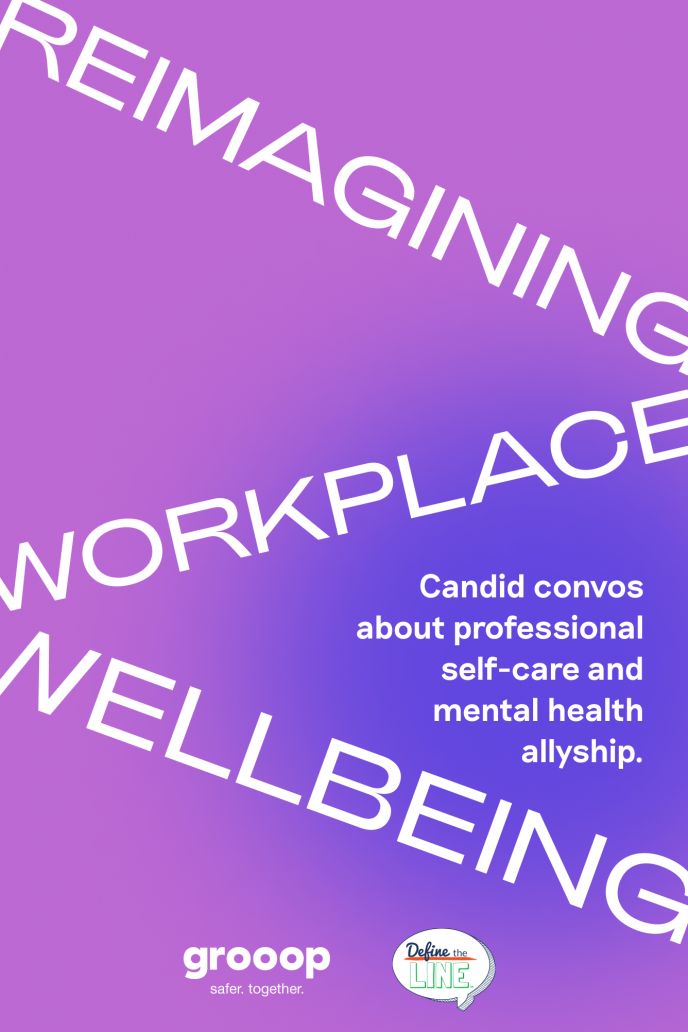Keep Gender Out of Diagnosis
Feminine and masculine stereotypes promote emotional suppression and skew rates of diagnosis.
Written by Lauren O'Shaughnessy
01 Masculinity urges men to appear stable and strong, which in turn, keeps them from discussing and seeking help for mental health conditions.
02 Feminine ideals, in combination with misogyny, label women with mental conditions as unstable, erratic and untrustworthy.
03 Research indicates that gender stereotypes impact diagnosis rates for disorders like depression, eating disorders, antisocial personality disorder and addiction.
Michael Kimmel is a sociology professor at Stony Brook University and the director of their Center for the Study of Men and Masculinities. In 2015, Jessica Bennett wrote an article for the New York Times about Stony Brook’s newly introduced masters program in Masculinities Studies — the first of its kind in the US. The program was started and spearheaded by Kimmel, whose teaching Bennet witnessed first hand during a classroom visit.
According to Bennet’s account, Kimmel led an exercise in which he asked students to identify the characteristics of both a “good man” and a “real man.” While “good” was associated with caring, honest qualities, “real” was about being authoritative, strong, a risk taker.
He went on to explain the confusion this causes for men today, and how conflicting definitions of masculinity are impacting modern society.
While mental distress was left out of that day’s discussion, it is deeply intertwined in broader conversations about masculinity. Gender norms have long been associated with our understanding of mental health and how men and women recognize, discuss, disclose and treat their conditions. As Kimmel’s class identified, traditional masculinity idealizes confidence, mental and physical strength, and social and financial success, amongst other characteristics. It frowns upon weakness and promotes emotional suppression in order to achieve outward stability.
Masculine ideals make it hard for men to seek emotional support without feeling emasculated. This, in combination with pre-existing stigma around mental conditions, can make coming forward too much to handle. Men are then forced to ignore their hardships and traumas in order to appear strong, which worsens their emotional health, increasing the likelihood of developing more severe symptoms.
Suppressing mental health problems leads to increases in substance abuse and rates of suicide. Over 75% of suicide victims in the US are men, with one man killing himself every 20 minutes. It also reinforces the same stereotypes that advocated suppression in the first place. Other men, in particular those of younger generations, witness this cycle of silence and are reminded that they too should internalize issues rather than confront them.
On the flipside, feminine stereotypes portray women as overly emotional, needy and hysterical. Mental health problems exacerbate these assumptions, undermining a women’s credibility, intelligence and morality. “Many people erroneously believe that if a woman has a behavioral health diagnosis or treatment history, her perception of reality is not trustworthy,” said a report by the National Center on Domestic Violence, Trauma and Mental Health. “Women’s perception of reality is often seen as less credible or less significant than men’s perception of reality.”
So while men are assumed to be emotionally stable, women face the opposite assumption. They’re seen as existing on the constant brink of breakdown. Ever heard a woman called “crazy” for seemingly non-psychotic things? It might feel like a trivial insult, but the underlying stigma is very real.
The consequences are generally the same though. Like men, women choose to keep their disorders hidden, although at lower rates. They too are prone to self-harm, substance abuse and suicide when mental conditions go unaddressed.
Beyond the dangers in staying quiet, of which there are many, there’s a deeper layer of stigma at play here — bias amongst clinicians. Gender stereotypes don’t just impact public perception or rates of disclosure, they’re speculated to affect the way doctors diagnose as well.
Women are more likely to be diagnosed with depression, with 1 in 4 requiring treatment at some point in life, compared to 1 in 10 for men. They are also diagnosed with anxiety disorders, such as phobias and OCD, at higher rates than male sufferers. Antisocial personality disorder and alcohol and drug abuse, however, are more common in men.
Research suggests that gendered assumptions impact these numbers. “The intersection of stereotypes about gender and mental disorders could result in perceptions of gendered mental disorders,” said a 2014 report. “Studies showed that people view specific disorders as being masculine or feminine. The masculine stereotype included antisocial personality disorder, addictions and paraphilias. The feminine stereotype included eating disorders, histrionic personality disorder, body dysmorphia, and orgasmic disorder.”
Some realms of thought go as far as claiming that women are more prone to mental disorders in general, arguing that they “tend disproportionately to have maladaptive ways of thinking, to catastrophize, personalize and worry excessively, and to be ‘neurotic’ with more ’emotion-focused’ and less ‘solution-focused’ coping styles.” A wildly sexist assumption.
Thankfully, most doctors don’t uphold that thinking. Instead, women and men have been socialized into certain roles and habits that dictate how they experience mental conditions and show symptoms. But that also means that professionals have been socialized into corresponding diagnostic patterns wherein they associate certain behavior with being either masculine or feminine in nature. For example, the case of hysteria. Up until the 1950s, women were frequently diagnosed with this “disease” — a condition specific to women and supposedly caused by everything from a lack of sexual intercourse to demonic possession. It was removed from the DSM in 1952.
A more recent example, would be those skewed rates of depression. It’s not that men aren’t depressed, they just seek help at lower rates, disclose fewer symptoms, and present symptoms in different ways. “We must also ask what it means that the criteria listed in the manual professionals use to diagnose major depressive disorder are predominantly “feminine” (emotional symptoms and vulnerabilities) and fail to address the “masculine” manifestations (more dissociative and action-oriented symptoms),” said a 2015 piece for Women’s Media Center.
Is it then possible, that as we continue to break down and challenge gender norms, that our diagnostic criteria for conditions will expand, and current statistics will seem less reinforcing of the gender binary?
Perhaps. But while we wait for these changes to take place, we must also put pressure on clinicians to look beyond gender when diagnosing, and make the mental health screening and treatment process increasingly personalized. A primary issue with care today, is that it forces patients into strict boxes, rather than centering treatment around their history, symptoms and unique needs.
We must also put pressure on ourselves. Challenging gender norms is as much the responsibility of the general public, as it is the societal constructs that shape our lives. Stigma is ingrained in all of us, even those who are actively fighting it. Holding ourselves accountable for the stereotypes we uphold, and working to refrain from them moving forward, will not only aid progress on a cultural scale but increase empathy and intimacy in our daily lives.
About the author
Lauren is the editorial director and cofounder at the Made of Millions Foundation. She has been a part of the team since its launch in 2016. She has been open about her personal struggles with Generalized Anxiety Disorder and social phobia. You can follow her on Instagram at www.instagram.com/internet_lauren.
Support our work
We’re on a mission to change how the world perceives mental health.
